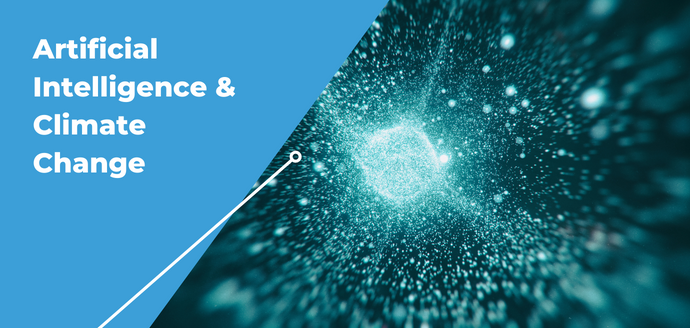
27 Dec Artificial Intelligence and Climate Change
Artificial intelligence against climate change
Climate change already has a significant impact on environmental, social, political, and economic systems around the world, and it will have an even greater impact in the future. It is essential to put in place actions that can limit these effects, seeking to move ever closer to the goal of zero emissions.
Everyone’s effort will be essential to achieve the goal of zero net emissions by 2050, as well as the effort to prepare for the consequences of climate change itself and to minimize the resulting damage. The application of advanced analytics and artificial intelligence systems to climate challenges provides important support for applying the changes needed at this critical time.
According to the analysis “How AI Can Be a Powerful Tool in the Fight Climate Change,” conducted by AI for the Planet Alliance in collaboration with Boston Consulting Group (Bcg), the use of AI could generate between 5 and 10 percent reduction in greenhouse gas emissions if applied globally.
“Artificial intelligence’s unique ability to collect, complete, and interpret large and complex amounts of data helps stakeholders to be better informed and to take an effective approach to reduce carbon emissions and target climate risks,” says Roberto Ventura, Managing Director of Bcg.

AI to fight climate change
The above report offers a wide range of proposals regarding the applications of artificial intelligence against climate change. Moreover, it suggests world leaders how to use AI to achieve their goals for the environment.
- Emissions reductions
One of the most critical uses of artificial intelligence is in the measurement, reduction, and removal of greenhouse gas emissions and effects. According to BCG, widespread, global use of AI can lead to 5% to 10% reductions in emissions. - Adaptation and projections
Adaptation to climate change is one of the biggest challenges for policy and businesses engaged in the transition. In this context, artificial intelligence is being used to help simulate and represent climate-related risks, improving long-term projections of localized events such as sea level rise or enhancing early warning systems for extreme events such as hurricanes or droughts. - Research and education
Artificial intelligence can be used to support climate change research and education efforts, helping all stakeholders -policy, business, science, and even citizens- understand the risks and implications involved. These information and research efforts help support and amplify initiatives aimed at reducing greenhouse gas emissions, adapting to climate change, and creating increasingly detailed and accurate projections.
The top 5 uses of AI
Within each of these areas, artificial intelligence can be deployed in five main ways:
- To collect and complete complex datasets on emissions, climate effects and more;
- To strengthen planning and decision-making;
- To optimize processes;
- To support collaborative ecosystems;
- To encourage climate-friendly behaviors.
It can therefore be an effective tool that enables a more informed approach due to the multitude of data available. The use of AI in combating climate change offers an opportunity to take meaningful and effective action, especially in this critical historical period.




